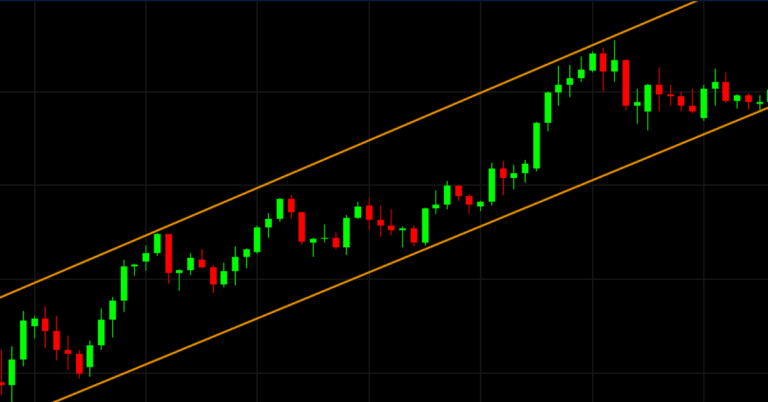A price target is a projected future price level for a specific stock or investment. It represents an analyst’s or expert’s estimation of where they believe the stock’s price could be headed over a certain time frame. Price targets are usually accompanied by a rationale that takes into account factors such as company fundamentals, industry trends, market conditions, and economic indicators. From collection of price targets, we are able to derive the upside and consensus.
Upside
Price target upside refers to the potential percentage increase in a stock’s price that analysts or experts expect over a certain period. It’s a measure of how much higher the stock’s price could go based on their analysis. This is often expressed as a percentage above the current market price.
For example, if a stock is currently trading at $50 and an analyst’s price target suggests a 20% upside, it means that the analyst believes the stock could potentially reach $60 (20% higher than $50).
The price target upside can vary among different analysts and financial institutions, and it’s based on their analysis of factors such as company fundamentals, industry trends, economic conditions, and market sentiment.
Market Consensus
Market consensus refers to the collective opinion of analysts, experts, or investors about a particular stock’s future performance. It’s the general agreement or average expectation among these individuals regarding factors such as earnings, revenue, growth prospects, and price movement.
For example, if a stock has a positive market consensus, it means that the majority of analysts and experts are bullish about its future prospects and expect it to perform well. Conversely, a negative market consensus indicates that the consensus is bearish, with most experts expecting the stock’s performance to be poor.
Market consensus is often derived from analyzing and aggregating various analysts’ recommendations, earnings estimates, and price targets. It can provide valuable insights into how the broader financial community perceives a stock.
Conclusion
Both price target upside and market consensus are used by investors and traders to make informed decisions about buying, selling, or holding stocks. However, it’s important to remember that these projections are not guarantees, and actual stock prices can be influenced by a multitude of factors, including unexpected news, changes in market conditions, and macroeconomic trends. As with any investment analysis, it’s advisable to consider multiple sources of information and conduct thorough research before making decisions.






